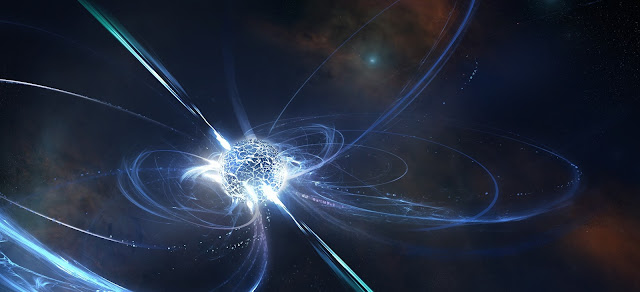Photographing a Black Hole
How close are we of photographing a Black Hole
We’ve known about the existence of black holes since Einstein’s Theory of General Relativity which was published. Black holes are dark objects in space made up of collapsed matter. They have such huge mass that the gravitational pull generated by them is so immense that not even light can escape it, hence the name black hole. Since light never escapes it there is no light that bounces back from it to make it invisible to the traditional telescopes. We have never actually seen or photographed a real black hole. The images that we see on TV and Sci-Fi movies is nothing but are a artists idea of how a black hole may appear or more precisely the light around it or the event-horizon. Movies like The Black Hole, Lost In Space and Interstellar have such interpretation shown in them.
Photographing a black hole is difficult and takes infinite amount of working hours, so why should we even bother for a photograph of a giant black ball in space, because science and generally they are amazing and right now artist just draw a conceptions based on the what scientist theorize, hence we don’t know if these pictures are accurate in any form as they as based on speculations and math.
Now after a century we finally have a way of photographing a black hole by the use of ‘The Event-Horizon telescope’ , it’s not just one telescope but a network of many telescopes spread all around the planet working in sync as a single instrument, this technically gives us a telescope with size equal to Earth. The bigger the telescope the more detail we get from our pictures. The black holes we are interested in are in Sagittarius A* which is located in the centre of our Milky Way and M87 which is a elliptical galaxy 17 Mega-Parsecs away.
 As we discussed before black holes are invisible to traditional telescopes as light does not bounce back from a black hole hence radio telescopes are used to which use radio waves from Sagittarius A* as receiving data. The method of decoding this received data is called interferometry. Interferometry is process in which received data from all the receivers in this case radio telescopes which measure the interference patters in the received radio signals and then all this raw data is merged together and the needed images can be filtered from the noise.
As we discussed before black holes are invisible to traditional telescopes as light does not bounce back from a black hole hence radio telescopes are used to which use radio waves from Sagittarius A* as receiving data. The method of decoding this received data is called interferometry. Interferometry is process in which received data from all the receivers in this case radio telescopes which measure the interference patters in the received radio signals and then all this raw data is merged together and the needed images can be filtered from the noise. In April of 2017 the astronomers pointed the telescopic array at Sagittarius A* and M87 but we still don’t have the picture. Since the scientists are using very long base interferometry hence the telescopes are very far apart and to generate a photograph all the data has to be at a single sight and with these stations placed as far as South Pole scientists have to wait months before they can even start processing this data. Since a single station gathers over 100s of TeraBytes of data and the total data amounting up to 1 PetaByte (1024 TeraBytes) it can’t be uploaded. There are two sights where the data processing is done The Max Planck Institute of Radio Astronomy, Bonn, Germany and MIT Haystack Observatory, Westford, Massachusetts. Well the data from the last year may not be sufficient to provide a good image but this year’s data will.
In April of 2017 the astronomers pointed the telescopic array at Sagittarius A* and M87 but we still don’t have the picture. Since the scientists are using very long base interferometry hence the telescopes are very far apart and to generate a photograph all the data has to be at a single sight and with these stations placed as far as South Pole scientists have to wait months before they can even start processing this data. Since a single station gathers over 100s of TeraBytes of data and the total data amounting up to 1 PetaByte (1024 TeraBytes) it can’t be uploaded. There are two sights where the data processing is done The Max Planck Institute of Radio Astronomy, Bonn, Germany and MIT Haystack Observatory, Westford, Massachusetts. Well the data from the last year may not be sufficient to provide a good image but this year’s data will.



Comments
Post a Comment